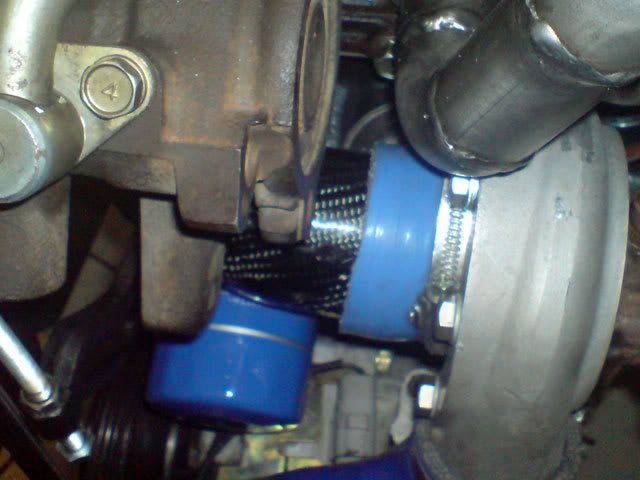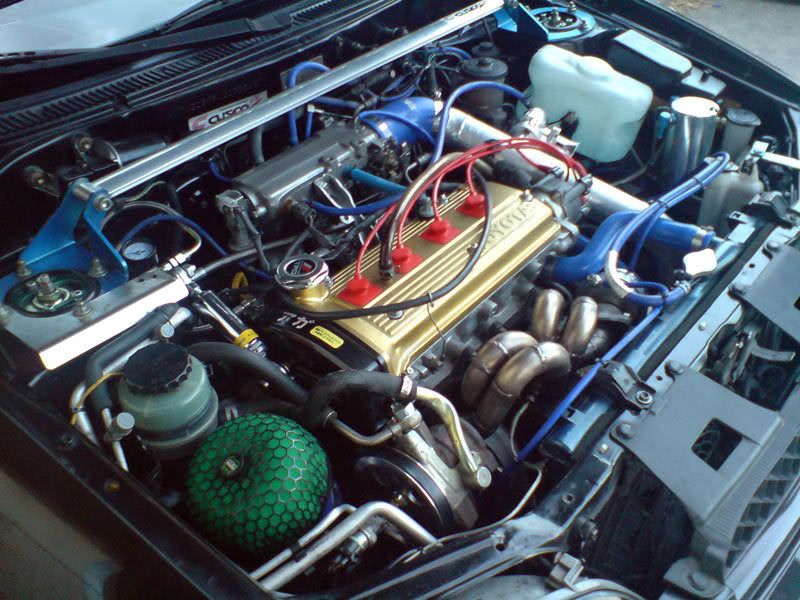cool,hope all goes well
completed: 



So you essentially just wrapped the carbon fiber over the mold and thats it? I know this sounds dumb but I’m working on a similar project except I want the pipe to be 100% carbon fiber.
Nope, it’s carbon over fiberglass… take a look at it again. For what it is I think 100% carbon would be a waste, but that is just me. unless you really need that extra couple of grams…
Yea sorry I meant that the carbon fiber is just essentially wrapped over the fiber glass. Anyway of making a carbon fiber tube without just wrapping it over fiber glass.
Dont get me wrong you did a great job!
its no big deal, dont be a glass-hater lol. the final part is 90% carbon i’d say.
A while back I said to myself, “self, you’re not going to use fiberglass for anything any more.” I use fiberglass every day now lol. glass is nice for building up thickness and sometimes it just isn’t practical or affordable to build a 1/4" thick laminate out of carbon fiber only. An aerospace quality plate of carbon fiber 12"x 12"x 1" is $1400 to buy. Same plate in fiberglass would probably be less than $300.
The inside surface looks matte? Why you didn’t make it glossy with just a resin?:unsure: this makes the air moves more faster in tube. Just one opinion. 
Is the resin going to hold up to the heat the turbo heat?
If the turbo is heating up as much as I have seen some do: Probably not. But only time will tell.
Tip for the user: After a “nice rice” keep the engine running for half a minute or so before shutting down. This way the turbo revs run to (almost) zero, and the relatively cold exhaust fumes will cool the turbo. (and the turbo is not revving 80.000 rpm when lubricant oil supply is cut off…)
ohh nice turbo car advice Herman  makes sense
makes sense
You drive cars with huge capacity, Europeans drive cars with high output generated by compressors and turbos.
One of them is a VW with a 1.4 liter engine, with both (mechanica) compressor and turbo…
I drive a 2.o diesel engine with turbo. I guess nowadays all diesels are turbo-fed.
the pipe doesnt come in contact with anything hot in the engine bay…however, the ambient heat inside the engine bay is high enough, and when stationary (at traffic etc) it shoots up real fast. using a heat -stable epoxy is best i think. i use an epoxy for building bonnets that is completely stable up to 140C … i had built a bonnet out of simple resin and in the midday sun, if you open the bonnet, its very flexible. also epoxy parts i tried to post cure by putting them in the oven at 50-60 C , “melted” and stayed like that. :sad2:
if you wanna do it, use high temp epoxy. and try to use a bladder or aquapour and heatshrinking tube method. this is a really old thread! 
[quote=;][/quote]
Look around the market and you would find these intake systems usually featuring a large piping which also helps the flow of air into the engine. They also are available in various styles and makes such as metal, plastic, rubber or even composite materials. But do also note that while one dreams of a better performance and gas mileage with the help of cold air intake systems, one must simultaneously be prepared for the loud noise it would make while driving. One could expect a hear a gentle whistle while driving, which is because of the air being forced up into the engine; but if the power and mileage is all that you desire the most, this wouldn’t trouble you![COLOR=“Black”]cold air intakes[/COLOR]
